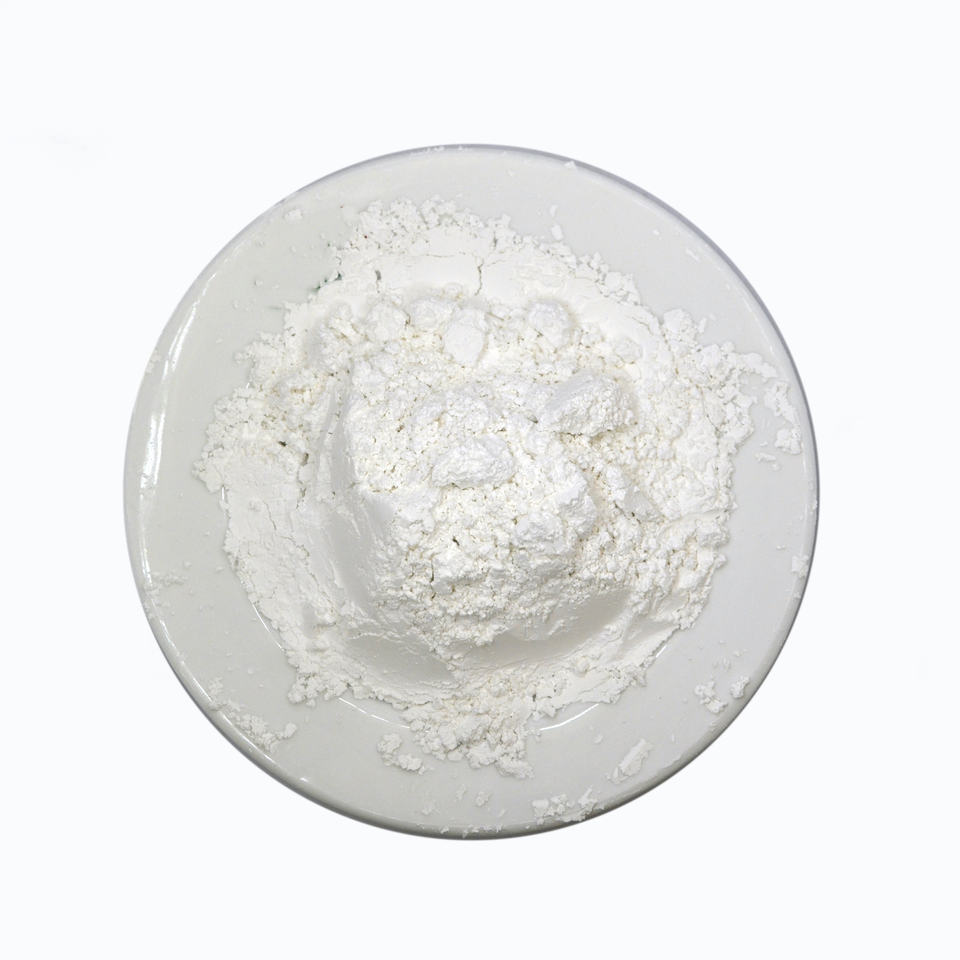
different types of mica
Different Types of Mica A Comprehensive Overview
Mica is a group of silicate minerals that are renowned for their remarkable physical and chemical properties. These features include excellent electrical insulation, heat resistance, and flexibility, making mica essential in various industrial applications. Mica is predominantly found in metamorphic rocks and is characterized by its layered structure, allowing it to be split into thin sheets. This article explores the different types of mica, their properties, and their uses across various industries.
1. Biotite
Biotite is the most common type of mica, known for its dark color, typically ranging from brown to black. It is rich in iron and magnesium and is predominantly found in igneous and metamorphic rocks. Biotite's prominent characteristics include its excellent heat resistance and electrical insulation properties. Due to these attributes, it finds extensive use in the manufacturing of insulating materials, such as capacitors and electrical components. Additionally, biotite's shiny appearance makes it a popular choice in the cosmetics industry, as it is used in products like eyeshadows and blush.
2. Muscovite
Muscovite, also known as potash mica, is a light-colored, translucent mica variant that is rich in potassium. It is commonly found in granite and schist formations and is recognized for its exceptional cleavage quality, allowing it to be easily split into thin sheets. Muscovite sheets are often employed in applications requiring transparency, such as in windows for furnaces and stoves. Its excellent electrical insulation properties also make it useful in the electrical and electronics industry. In addition, muscovite is widely used in the paint and rubber industries to enhance durability and shine.
3. Phlogopite
different types of mica

Phlogopite is another significant type of mica, largely characterized by its yellow to brown color and magnesium-rich composition. This mica variant exhibits excellent thermal stability and chemical resistance, making it ideal for high-temperature applications. Phlogopite's unique properties make it useful in the production of heat-resistant gaskets, seals, and other components that require high-performance materials. Additionally, it finds applications in cosmetics, providing a shimmering effect in various beauty products.
4. Lepidolite
Lepidolite is a lithium-rich mica, often found in granite pegmatites. Its clinical significance arises from its high lithium content, which is essential for producing lithium batteries commonly used in mobile devices and electric vehicles. Lepidolite typically has a lilac or purple hue, adding aesthetic value in certain decorative applications. Furthermore, due to its negligible radioactivity, lepidolite can be considered for use in various scientific applications, including radiation shielding.
5. Sericite
Sericite is a fine-grained variety of muscovite, often characterized by its silky luster and micaceous appearance. This type of mica is typically used in the cosmetics industry due to its ability to provide a soft, luminous finish in makeup products. It serves as an ideal filler in various applications, enhancing product consistency and providing a smooth texture in paints, plastics, and paper products.
Conclusion
Mica is a versatile mineral with various types, each possessing unique properties and applications. From the heat-resistant capabilities of biotite to the lithium potential found in lepidolite, mica serves as a crucial component in numerous industries, including electronics, cosmetics, and construction. Understanding the different types of mica and their specific uses allows businesses and consumers to leverage these materials effectively and sustainably. As industries continue to innovate, the significance of mica in technological advancements and everyday products will likely grow, ensuring its relevance for years to come.
Share
-
Premium Pigment Supplier Custom Solutions & Bulk OrdersNewsMay.30,2025
-
Top China Slag Fly Ash Manufacturer OEM Factory SolutionsNewsMay.30,2025
-
Natural Lava Rock & Pumice for Landscaping Durable Volcanic SolutionsNewsMay.30,2025
-
Custom Micro Silica Fume Powder Manufacturers High-Purity SolutionsNewsMay.29,2025
-
Custom Mica Powder Pigment Manufacturers Vibrant Colors & Bulk OrdersNewsMay.29,2025
-
Custom Micro Silica Fume Powder Manufacturers Premium QualityNewsMay.29,2025






